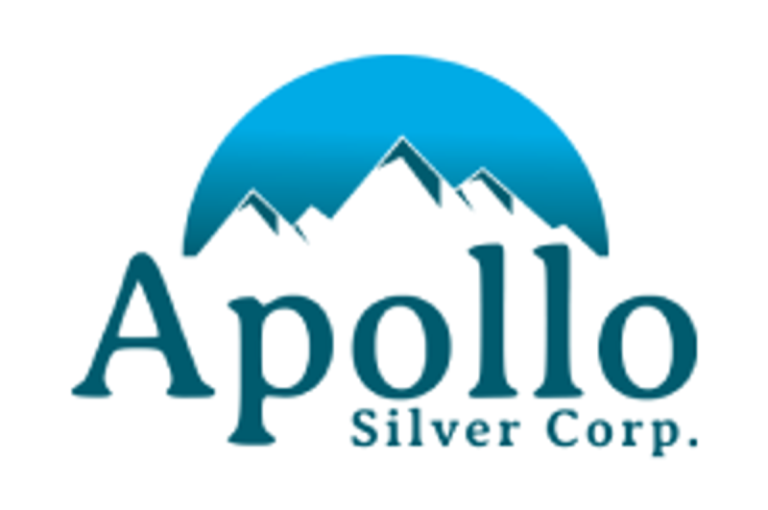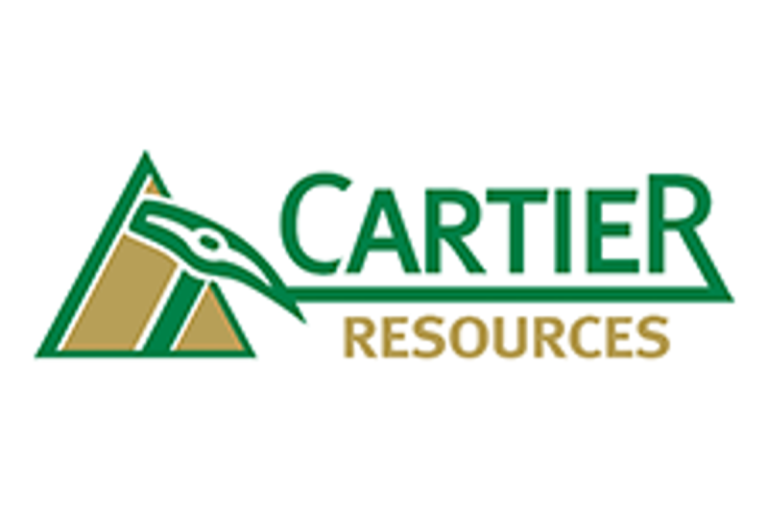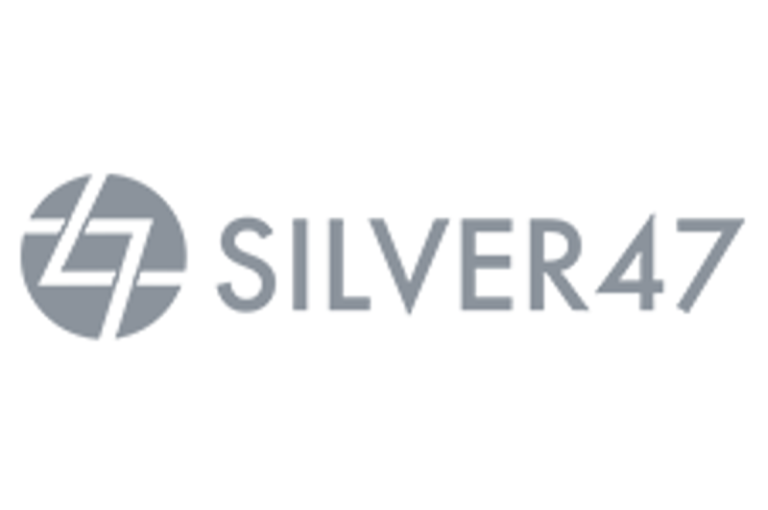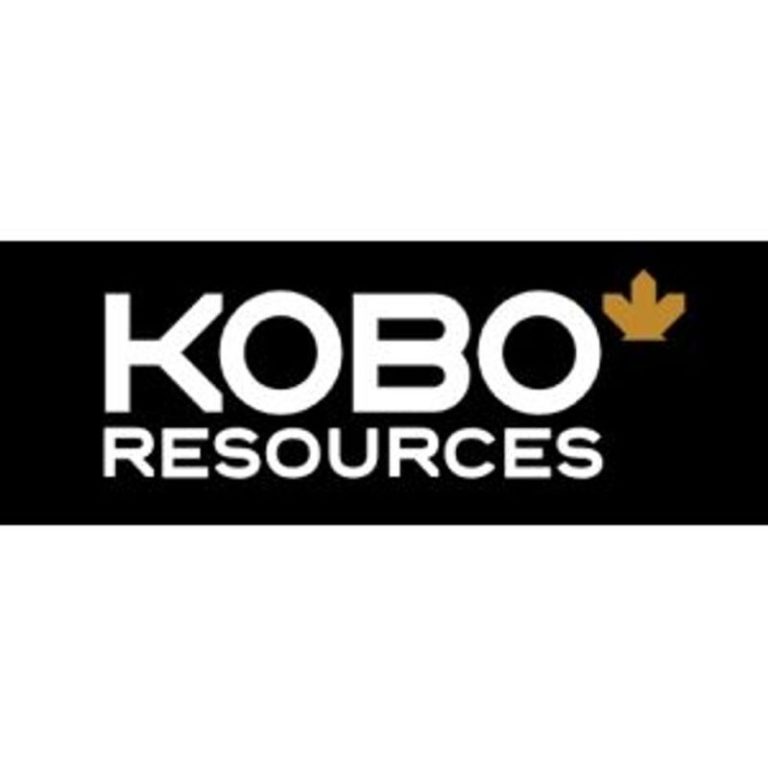Investorideas.com, a global investor news source covering mining and metals stocks, issues a snapshot of Apollo Silver Corp. (TSXV: APGO,OTC:APGOF) (OTCQB: APGOF) showing how it’s executing its vision of owning significant silver assets, attracting world class management with the recent appointment of President and CEO, Ross McElroy and building long term value for its shareholders.
Apollo Silver (Apgo) (Apgof); Right Assets, Right Management and Right Time
To view an enhanced version of this graphic, please visit:
https://images.newsfilecorp.com/files/6292/258362_fa89eeeef4e3c963_001full.jpg
For mining investors, Ross McElroy’s name has become legendary; building a successful uranium company and providing shareholders with an exit strategy that made headlines around the world.
McElroy, a professional geologist, brings over 38 years of mining industry expertise, spanning operational and corporate roles across major, mid-tier and junior mining and exploration companies.
Last year, as CEO of TSX-listed Fission Uranium, McElroy executed a deal to be acquired by Australian company Paladin Energy, in an all-stock transaction valued at $1.14 billion.
For Andy Bowering, former CEO and now Chairman at Apollo, bringing in Ross at this stage of the game was a familiar path, following his strategy at Prime Mining Corp and other companies. Bowering handed over the reins to Ross, knowing he could take Apollo from exploration to production based on a track record that few have achieved in the mining sector.
Bowering is a venture capitalist with 30 plus years of history of putting deals together; finding the right assets and then bringing in leadership at the right moment that can take the deal to the next level.
Talking of Ross, he said, ‘Our ability to attract someone with Ross’ expertise, energy and track record of value creation speaks volumes about the opportunity at Apollo. I believe he will have a transformative impact on the Company’s future and all stakeholders will benefit greatly.’
Bowering also told Investorideas in a recent Exploring Mining Podcast, ‘I’ve had a few great exits for shareholders but I have never hit the billion dollar mark and that’s why we wanted Ross under our umbrella.’
Apollo’s current portfolio consists of two silver exploration and resource development projects, the Calico Project, in San Bernardino County, California and the Cinco de Mayo Project in Chihuahua, Mexico. Apollo is currently fully funded to advance its projects with cash in the bank of $11 Million in the treasury as of June 2025.
Looking at the current silver projects, the California Calico Project is one of the US’s largest undeveloped primary silver deposits. The Company acquired it for $41 Million and put another $13 Million into it, betting big on the opportunity.
The Calico Project, comprising the adjacent Waterloo and Langtry properties, is located in the historic Calico Silver Mining District in the Mojave Desert of San Bernardino County, California.
Ross McElroy spoke of the Calico Project in a recent interview, saying, ‘It isn’t just land; it’s land that is meaningful.’
He went on to note, ‘It is a result of the Calico fault system that runs from the northwest to the southeast and is responsible for the emplacement of Langtry and Waterloo deposits that occur long the Calico fault trend. Importantly, the new claims are following the controlling primary mineralized feature, so they are located along strike and trend for the mineralization in the system.
‘We already know that there is are a number or of historic surface anomalies of silver and gold as well as a number of base metals including zinc and copper on the new claims. It is our job to go about executing the proper exploration process in order to generate new and significant targets for drilling.
‘We think we can make further discoveries of gold and silver that we see along this trend.’
Apollo announced an updated mineral resource estimate (‘MRE’) for the Calico Project (the ‘2023 MRE’), which now contains 110 million ounces (Moz) silver in 34.2 million tonnes (Mt) at an average grade of 100 grams per tonne (g/t) silver in Measured and Indicated category, and 0.72 Moz silver in 0.29 Mt at an average grade of 77 g/t silver in the Inferred category, all at Waterloo.
Apollo and its management saw an opportunity to expand on the project and on May 20th, the Company announced it had increased the Calico land package by over 285% from 1,194 ha to 3,409 ha of contiguous claims.
The Calico land package announcement was the first news from Apollo under the new management direction with Ross McElroy as President and CEO.
The newly acquired Mule claims consist of 415 lode mining claims, acquired from LAC Exploration LLC, a wholly-owned subsidiary of Lithium Americas Corp. (TSX: LAC) ( NYSE: LAC), the previous operators of the property.
Historic preliminary mapping and sampling of the Mule claims from the former operator have identified several high-grade silver anomalies.
Commenting on the opportunity, Ross McElroy, President and CEO of Apollo said in the press release, ‘The addition of the Mule claims substantially enhances the Calico Project. Calico already hosts 3 discrete drill delineated zones with resource estimates along a 4km long trend, along the Calico fault zone. The Mule claims increase the overall land area of the Calico project by more than 2.5x. The new claims are strategically located to the east along the very prolific Calico mineralized corridor and represent a great opportunity for further discoveries. Apollo is committed to continuing to unlock value in California for our shareholders.’
With the strong environmental concerns in California, its low 1.1:1 strip ratio ensures optimized operations and a minimalized footprint.
Looking at the growth opportunities at Calico, the Company says there is ‘potential to expand silver and gold resources and the intent to add barite to future resource update, making a potentially meaningful contribution to project economics.’
With Apollo making its silver assets the primary focus, barite may open other doors, with the US mandate prioritizing critical minerals for national security designating barite as a critical mineral. Barite serves multiple purposes, notably as a weighting agent in oil and gas drilling fluids to manage borehole pressure.
So what’s next for the Calico project? The Company plans continued resource growth and conversion, working to extend the 2024 drill permits at Waterloo Project, and de-risking and advancing the project towards production.
Apollo’s Cinco de Mayo Project, in Chihuahua, is located on the Northwest and Southeast trend that hosts the world’s largest Carbonate Replacement Deposits. Cinco de Mayo is made up of 29 concessions totaling over 25,000 ha located in the Municipio de Buenaventura, with a high-grade historical resource of approximately 154M AgEq oz.
In September 2024, Apollo entered into an exploration, earn-in and option agreement with MAG Silver Corp. (TSX: MAG) and its subsidiary, Minera Pozo Seco, S.A. de C.V. to acquire the Cinco de Mayo Project.
Apollo was able to acquire the option at a discount to its potential valuation, but with a challenge of establishing social license in Mexico. Once social license has been achieved, Apollo Silver will secure the necessary licensing and permits to access and conduct exploration activities on the Cinco de Mayo property.
Bowering’s history with Prime Mining Corp and its ‘boots on the ground’ presence in Mexico gives him in-depth experience on how to navigate the next steps. The Company will be engaging with local community members to rebuild trust and gain access, with a goal of building a mine that will generate employment and meet environmental standards.
An advantage operationally, the Cinco de Mayo’s primary mine is an underground mine, fitting into the current narrative banning future open pit mining, thus aligning with environment concerns.
The Cinco de Mayo project, with the Pegaso Zone representing a potential significant new discovery, is blue sky to Apollo if they achieve exploration approval.
Building shareholder value is important to Apollo’s management team. ‘Apollo’s strategy is to provide maximum upside to investors through focusing our exploration and resource definition programs in mining jurisdictions with historic silver production and limited modern exploration.’
This is not just a statement on their website; it is backed by their actions. Bowering can relate to investors and is a large shareholder in the company, having put $6 Million of his own capital into the company and not taking a salary during his term as President.
Ross McElroy echoed Andy’s sentiment about having skin in the game, saying recently he is also a shareholder and it’s important to have management that are shareholders, so all of the interests are aligned.
The winning combinations of Ross McElroy and Andy Bowering have track records of successful exit strategies for their shareholders. Apollo’s executive team has been involved in over $5B of M&A activity.
With a base of two significant silver projects, they are also focused on finding additional opportunities and building out assets for Apollo Silver.
With silver prices rising and a renewed focus from the US Government to prioritize critical and strategic mineral resources, Andrew Bowering says, ‘This is the right place, right time for Apollo.’
Visit www.apollosilver.com for further information.
Apollo Corporate Presentation:
https://apollosilver.com/wp-content/uploads/2025/06/APGO-Investor-Presentation-2025-06-13.pdf
Research mining stocks at Investorideas.com with our free mining stocks directory at Investorideas.com.
About Investorideas.com – Big Investing Ideas
Investorideas.com is the go-to platform for big investing ideas. From breaking stock news to top-rated investing podcasts, we cover it all.
Disclaimer/Disclosure: This article featuring Apollo Silver Corp is paid for content as part of a monthly featured mining stock service (payment disclosure). Our site does not make recommendations for purchases or sale of stocks, services or products. Nothing on our sites should be construed as an offer or solicitation to buy or sell products or securities. All investing involves risk and possible losses. This is not investment opinion. This site is currently compensated for news publication and distribution, social media and marketing, content creation and more. Disclosure is posted for each compensated news release, content published /created if required but otherwise the news was not compensated for and was published for the sole interest of our readers and followers. Contact management and IR of each company directly regarding specific questions. More disclaimer info: https://www.investorideas.com/About/Disclaimer.asp. Learn more about publishing your news release and our other news services on the Investorideas.com newswire https://www.investorideas.com/News-Upload/. Global investors must adhere to regulations of each country. Please read Investorideas.com privacy policy: https://www.investorideas.com/About/Private_Policy.asp.
Follow us on X @investorideas @Exploringmining
Follow us on Facebook https://www.facebook.com/Investorideas
Follow us on YouTube https://www.youtube.com/c/Investorideas
Contact Investorideas.com to be a guest or sponsor this podcast
800-665-0411
To view the source version of this press release, please visit https://www.newsfilecorp.com/release/258362










